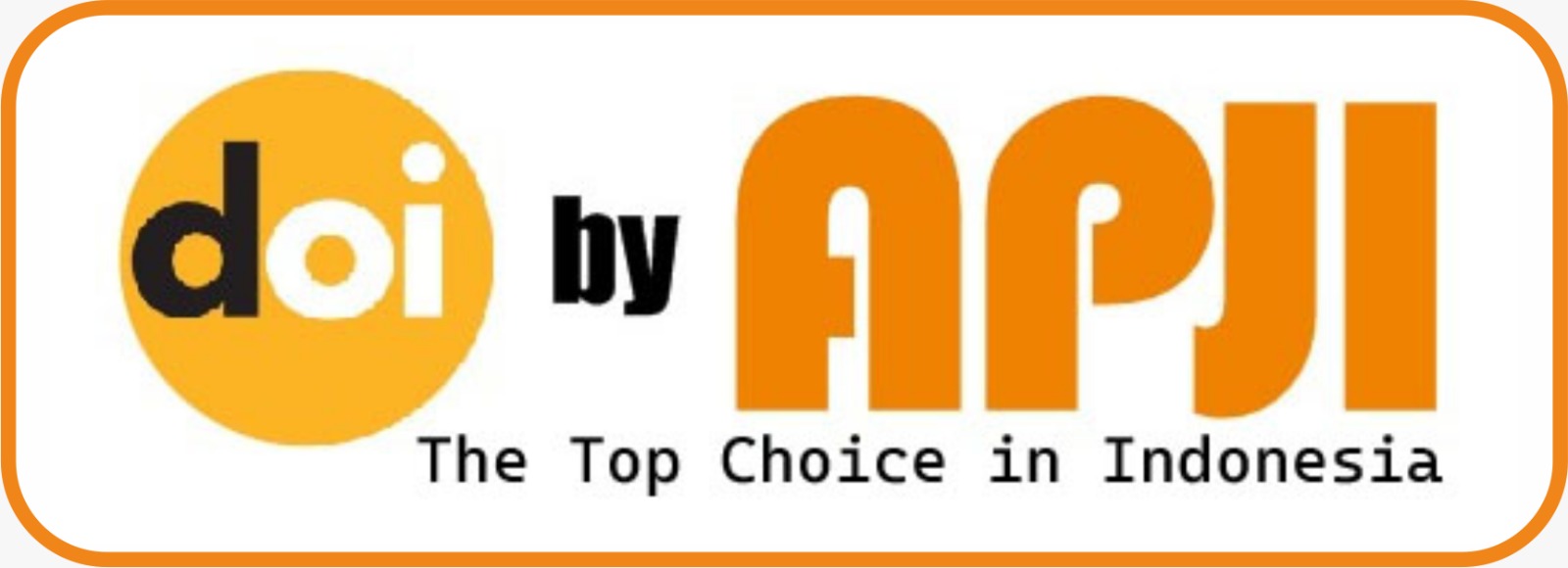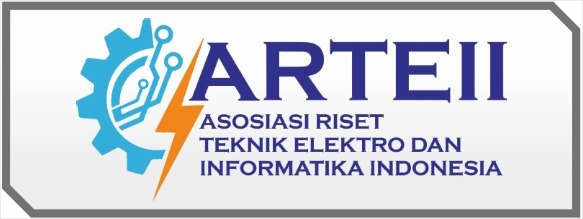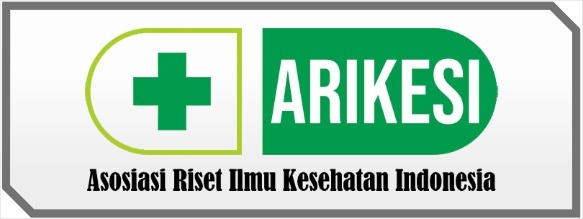The Impact of Administrative Staff's Role on the Effectiveness of SIMRS in Recording the Daily Census of JPPK Patients at Hospital X
DOI:
https://doi.org/10.69930/ajer.v2i2.377Keywords:
SIMRS, daily patient census, administrative staff, effectiveness, JPPKAbstract
This study analyzes the role of administrative staff in enhancing the effectiveness of the Hospital Management Information System (SIMRS) in recording the daily census of patients under the Health Service Guarantee (JPPK) at Hospital X. Employing a case study design with qualitative and quantitative methods, data were collected through observations and document analysis of census reports from January to March 2025. Results indicate a significant correlation between the accuracy, competence, and compliance of administrative staff and the effectiveness of SIMRS. An error rate of 2.96% was found, primarily caused by inaccurate input of consulting doctor data, medical procedures, and medication details. Medication changes were often due to stock limitations, requiring substitutions and approval from patients, which in turn demanded timely adjustments by staff. Errors in medication pricing occurred due to delays in updating price information in the SIMRS system. These issues point to a broader problem of limited coordination and delayed information flow between hospital units. The findings underscore the importance of administrative staff with adequate knowledge and skills in using SIMRS. Their performance significantly impacts the accuracy and efficiency of JPPK patient census recording, highlighting their strategic role in supporting integrated hospital information systems.
References
1. Ministry of Health of the Republic of Indonesia. (2013). Regulation of the Minister of Health No. 82 of 2013 concerning Hospital Management Information Systems. Jakarta: Ministry of Health of the Republic of Indonesia.
2. Wulandari, R. A. (2024). Evaluation of the community health center management information system (SIMPUS) using the PIECES method at Ajung Community Health Center, Jember Regency (Doctoral dissertation, Jember State Polytechnic).
3. Utomo, B., Purnami, C. T., & Winarni, S. (2024). The impact of using SIM-RS on employee performance (a study at Trimedika Ketapang Hospital, Grobogan). Indonesian Journal of Health Management, 12(1), 90–97.
4. Kusumai, T. A., & Yuneingsih, Y. (2024). Analysis of the effectiveness of the implementation of hospital management information systems (SIMRS) in the medical records unit of the Provincial Health Work Hospital of West Java. Prepotif: Journal of Public Health, 8(3), 4673–4681.
5. Situmeang, W. Y., Pinandhika, M. S., Chain, V., Lestari, P., Hariyati, R. T. S., & Handiyani, H. (2023). Case study: Strategic planning of nursing management information systems in Depok City Hospital. Indonesian Journal of Nursing Science, 3(1), 16–21.
6. Grandmed Hospital. (2023). Annual report of Grandmed Hospital Lubuk Pakam for the year 2023. Deli Serdang: Hospital Management.
7. Widarsa, K. T., Astuti, P. A. S., & Kurniasari, N. M. D. (2022). Sampling methods in medical and health research. Baswara Press.
8. Kurniawati, S., & Mursyidah, L. (2023). Effectiveness of information systems in public services in Kalidawir Village, Sidoarjo Regency. Musamus Journal of Public Administration, 6(1), 613–630.
9. Insyira, A. D., & Purnamasari, H. (2024). Effectiveness of administrative services in population administration in Jomin Timur Village. Journal of Government and Policy (JPK), 5(3), 155–165.
10. Qomusuddin, I. F., & Romlah, S. (2022). Quantitative data analysis using IBM SPSS Statistics 20.0. Deepublish.
11. Handayani, P. W., Hidayanto, A. N., & Budi, I. (2020). The impact of SIMRS on hospital business processes. Journal of Health Information Systems, 8(1), 25–32.
12. Sari, D. E., & Saputra, M. (2022). The role of SIMRS in improving service efficiency. Journal of Digital Health Transformation, 6(2), 88–94.
13. Arifin, D. (2021). Quality of information in SIMRS and its impact on service management. Journal of Information Systems, 9(3), 120–126.
14. Lestari, P., & Firmansyah, H. (2022). Data integration between units in SIMRS. Journal of Health Information, 5(1), 50–57.
15. Permatasari, E. (2021). Barriers to the implementation of SIMRS in private hospitals. Journal of Health Service Evaluation, 6(2), 90–96.
16. Ramadhan, R., & Putra, S. (2020). Strategies for strengthening SIMRS infrastructure. Journal of Health Information Technology Policy, 3(1), 34–41.
17. Mahmud, A., & Jannah, S. (2021). Improving service quality through information systems. Journal of Health Service Quality, 7(3), 104–111.
18. Akbar, R. (2022). The impact of SIMRS on patient data management. Journal of Medical Records and Health Informatics, 4(2), 77–83.
19. Dewi, F., & Harahap, R. (2020). Evaluation of patient satisfaction with SIMRS. Journal of Patient Satisfaction, 5(2), 68–75.
20. Hanafiah, R., & Lubis, A. (2021). Digital transformation and the quality of administrative services. Journal of Hospital Technology, 6(1), 29–36.
Downloads
Published
How to Cite
Issue
Section
License
Copyright (c) 2025 Neng Sri Rosmiyanti Devi, Ai Susi Susanti

This work is licensed under a Creative Commons Attribution-ShareAlike 4.0 International License.























